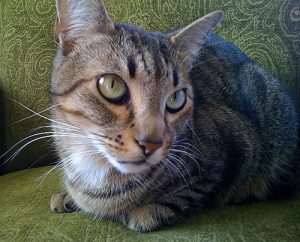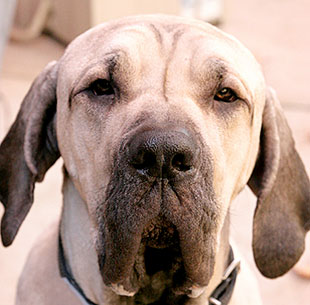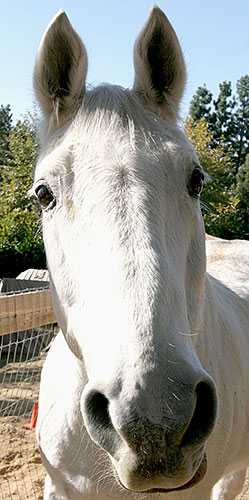About Animal Communication
 I am a self-taught animal communicator.
I am a self-taught animal communicator.
In 1994, when I was beginning my practice (with people) in Montreal, a client brought her cat to my office. “My cat needs this appointment more than I do,” she explained. I was touched by the confidence she had in me, and was able to stretch myself and my abilities enough to provide help for her cat.
Then word spread. Next I knew I was called by a woman who had a horse in the countryside, and I found I could tune into animals from a distance. I actually found distance work easier, becuse I did not get distracted by the animal’s physical reaction to me.
As I embarked on this journey of conversing with the animal realm, I drew on the tools I had learned over the years.
I had read Machaelle Small Wright’s books on working with nature, and had attended a few of her seminars at her nature research center, Perelandra, in northern Virginia. I use some of her techniques and approach when working with animals – after all, they’re nature too.
 I also read of Rupert Sheldrake’s theory of morphogenic fields. He posits that animals access a field of energy that they can use to communicate with each other at long distances. They also use this field to be perceptive of their human companions.
I also read of Rupert Sheldrake’s theory of morphogenic fields. He posits that animals access a field of energy that they can use to communicate with each other at long distances. They also use this field to be perceptive of their human companions.
Why does a dog stop eating the same day his owner dies hundreds of miles away? How does a cat know to sit by the front door right before her owner turns into the driveway? You’ve heard of (or maybe experienced) stories like these. Sheldrake’s idea is that there is an energy field that animals tune into and pass information through, and that they can even track their humans through it.
I think I use the morphogenic field when I communicate with animals. Like tuning a radio, I move my vibration to that which animals communicate in, and I join in the conversation. I don’t know how I do this, which is why I don’t teach others how to communicate with animals. But my training, experience and natural ability in working with energy and nature and in altering my own energy patterns have given me the tools to do this.
I came to really believe in the morphogenic field theory when I tuned into a couple of cats for the first time and they said “We know you, we heard about you from another cat.” They were referring to a cat I had talked to recently, but who they did not physically know – their owners didn’t know each other, and they lived nowhere near each other. Yet apparently this other cat had said good things about me that all the other cats heard.
 I tune into the animal through their human companion. Humans and their animal companions have strong energetic bonds.
I tune into the animal through their human companion. Humans and their animal companions have strong energetic bonds.
Then I introduce myself and explain why we’re having this conversation. I do this in my head, transmitting the message verbally at the right vibration to reach the animal.
In my experience, animals have different ways of communicating—and it does not seem to be species specific.
Some animals speak in words I understand. Others use visual images like body language or facial expressions, and yet others mainly communicate through emotion. All are forms of energy, and my job is to translate that energy into words that convey their thoughts to their human friends. I can’t say I know the exact words they would choose, but I can tell when my interpretation vibrates in harmony with their intended message.
Because I facilitate a real-time conversation between animal and human, both parties get a chance to think through what each other says and provide honest feedback. I really enjoy watching an animal come to an understanding of what her human is requesting or explaining.
Companion animals become very attached to their humans and often have helpful input on the househould dynamic. Often behavior problems are a sign they’re feeling frustrated at your lack of attention to what they’re trying to tell you.
As you can imagine, I have heard many stories. Animals can teach us so much.
Some times a session might be useful:
- behavioral issues
- illness/treatment options
- end of life
- upcoming travel/household disturbance
- change in human or animal family dynamics (i.e. new arrival, departure)
- new role in family for animal
I have met or talked to all the animals pictured on this page. If your animal is one of my clients and would like to be on my website, let me know.
